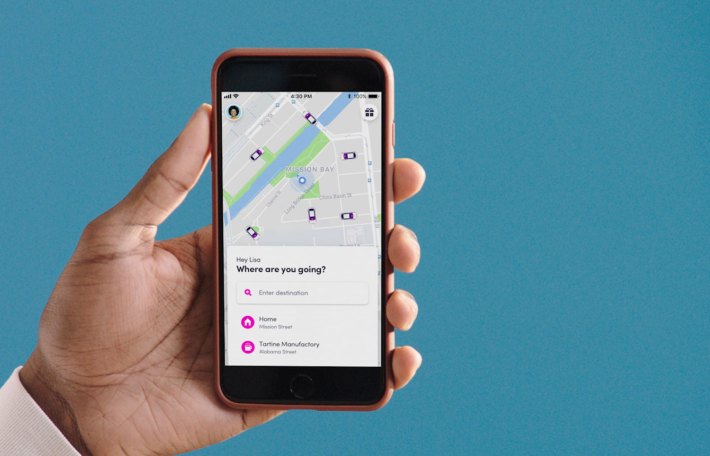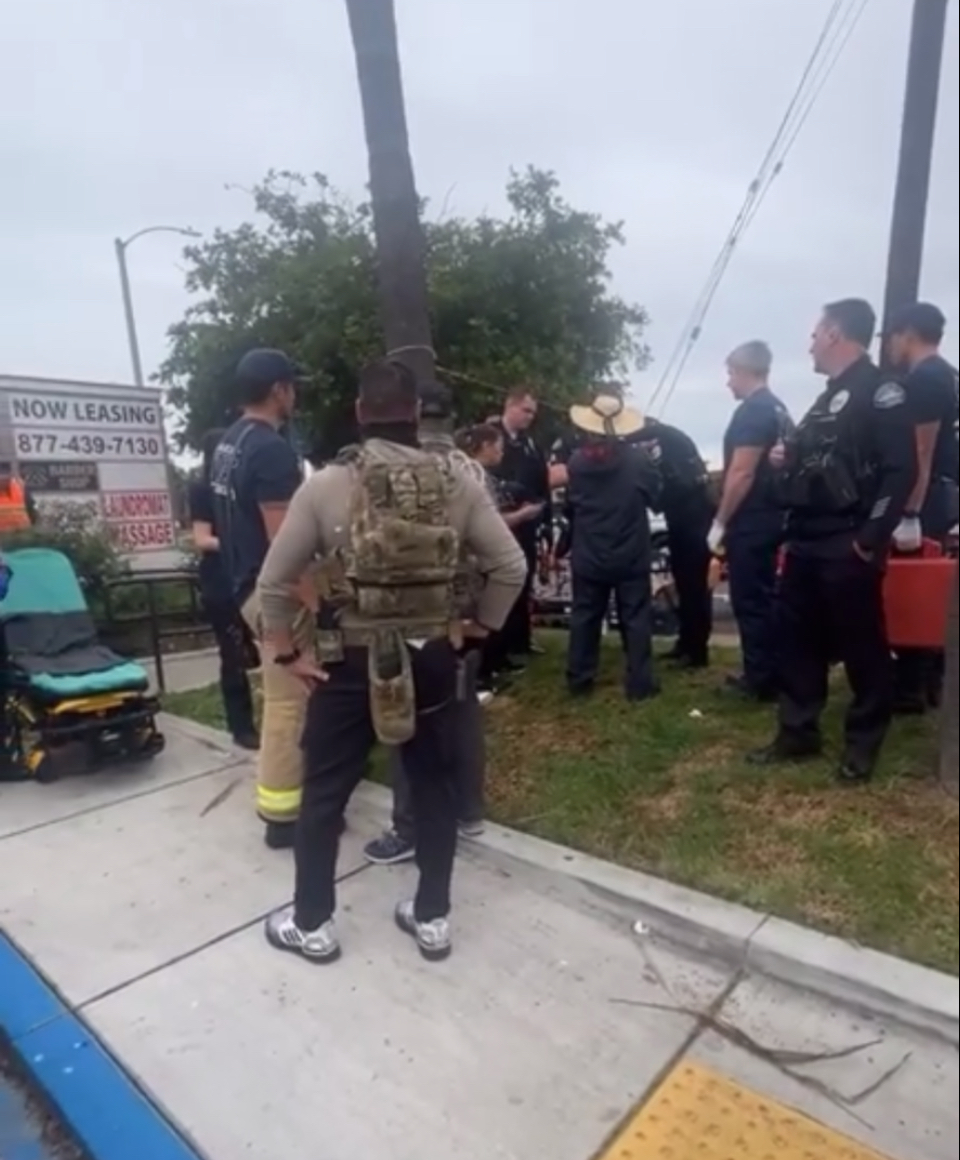[dropcap size=big]G[/dropcap]ig workers for Lyft, Uber, and Juno in cities across the country are on strike again today to protest for better wages, benefits, and organizing rights on the eve of Uber’s initial public offering.
For 24 hours today, Wednesday May 8, your rideshare app drivers are asking passengers to refrain from using apps to support their effort for better rights in a "contractor" job that has become for many a crucial part of their income. Drivers are also turning off their apps at peak rush-hour times including this morning from 7 to 9 am.
The strike is lead by the L.A.-based Rideshare Drivers United, an association of about 4,000 rideshare drivers that formed last year in response to pay cuts at both Uber and Lyft. The organization is calling on the public to not use any ridesharing apps for 24 hours starting at midnight. At LAX, the group will picket around the airport’s departure terminals and give speeches at noon.
Across the country about 31 million people work in the so-called “gig economy,” a nebulous region of freelance and independent contract employment mostly involving Silicon Valley-based apps like Uber, Lyft, DoorDash, Grubhub, TaskRabbit, Postmates, Airbnb, and hundreds of others.
At the heart of the issue is the relationship these gig economy companies have to the backbone of their workforce – the people actually doing the day-to-day tasks that the company makes money on.
'Gas is expensive, and workers could barely make it by before that.'
Rideshare Drivers United is calling on the rideshare apps to set an hourly minimum pay before expenses like gas, which drivers have to pay for themselves.
It is also asking for transparency in terms of disciplinary actions the companies might take against drivers, a recognition of the group to be able to formally negotiate with Uber and Lyft, a right for drivers to organize without retribution, and a call for Uber and Lyft to come up with a plan to eliminate carbon emissions from their fleet by implementing a vehicle cap.
“Over the last couple of months drivers have had their rates cut without any warning,” said Steve Smith, the communications director at the California Labor Federation, which is helping get out the message about the strike. “Gas is expensive, and workers could barely make it by before that. Drivers are just fed up.”
Uber’s public offering is expected this week and is valued at $91 billion, with its top executive raking in $145 million annually. Drivers make around $8.55 to $10 an hour after expenses. That’s less than minimum wage for 41 percent to 54 percent of their drivers.
“These companies have millions in investment, while they have workers sleeping in their cars because they can’t afford rent,” Smith said.
Most employees are what’s known legally as independent contractors, people legally providing labor to a company for a short period of time under specific confines. These workers are not classified as employees of the companies they work for, nor do they receive any benefits from their employer.

In recent years, farm workers, truck drivers, and freelance writers and reporters have been leading union campaigns. Much of the activity comes after California’s landmark Dynamex decision in the California Supreme Court, which makes it harder for employers to get away with unfairly classifying workers as “contractors” and not employees in the state.
Uber and Lyft contend that their drivers are mostly part-time workers making a little bit of money on their apps as a side job to their main source of employment, but according to data published two years ago by the Federal Reserve, about 31 percent of all working adults in the country work in some capacity in the gig economy, with 16 percent at least working full time in the field.
The Bureau of Labor Statistics is not known to keep good stats on the gig economy, treating gig economy workers as “non-primary work.” But inside the company, signs emerged that unrest exists among the "two tiers" of employees. An anonymous Uber employee wrote a post on Medium that called on tech workers everywhere to honor the strike.
"We call on all tech workers to support the actions of ride-share drivers in their mission for fair pay, dignity, and respect and we demand the immediate reversal of the pay cut imposed on drivers in Los Angeles and Orange Counties," the post said.
[dropcap size=big]I[/dropcap]n San Diego, Mikaiil Hussein, the executive director of United Transportation Workers of San Diego, says that a lot of former taxi drivers are now driving with Uber or Lyft. That’s why he not only helped change the name of the union to replace the word Taxi, but he’s also helping the Rideshare Drivers United chapter in San Diego organize and strategize.
“We have experience, that’s why we’re helping. We know what to do after Uber invaded our industry,” Hussein said on Tuesday. “We have to work together. We have so many issues in common.”
'This is how a movement is sparked.'
Uber spent half a billion dollars last year in advertisements and marketing, while Lyft spent $800 million on marketing. Lyft even got L.A. Mayor Eric Garcetti to appear at the company’s headquarters during their initial public offering, where Lyft pledged to give the city of Los Angeles $5 million to go towards funding the bridge housing initiative.
On the same day rideshare drivers sought a one-day strike in March, Garcetti wrote on Twitter, “L.A. is leading America's transportation revolution, and @Lyft is a part of that promising future.” The posts drew withering critiques on social platforms.
A few weeks later, Lyft announced that it would start offsetting the carbon emissions of its fleet, a process often criticized as worthless in reducing carbon emissions from polluting industries. Meanwhile, transportation experts have warned that ridesharing apps clog city streets with unnecessary cars, contributing to more greenhouse gas emission from automobiles. In the same announcement, the company said that it hoped to develop a majority electric and autonomous, or driverless, fleet of cars by 2025.
“This is how a movement is sparked,” Smith said. “We expect that the movement will continue to grow.”
RELATED: We Have Ten Years to Save the World: Climate Change Is Definitely F*cking Happening ~ An Update







